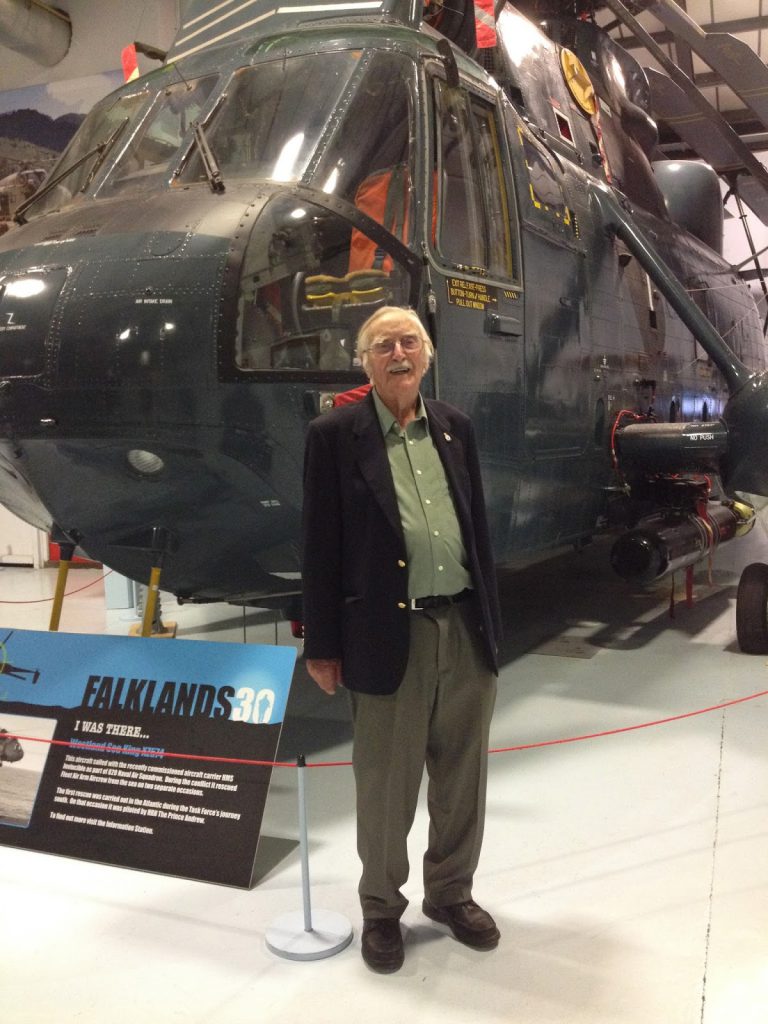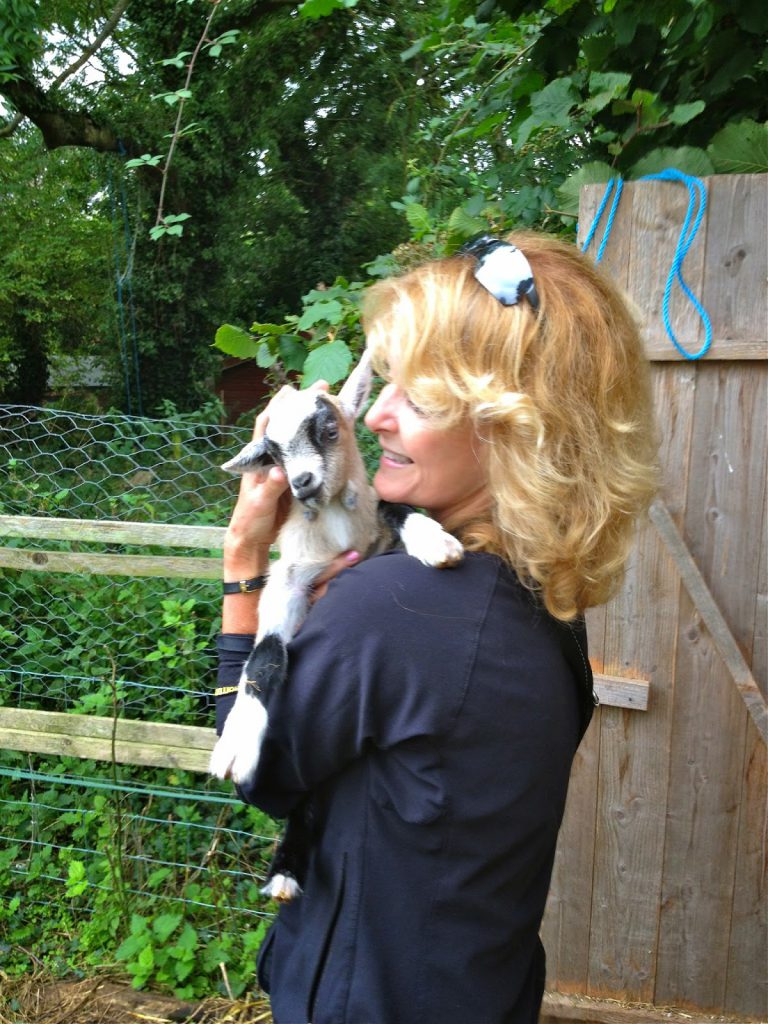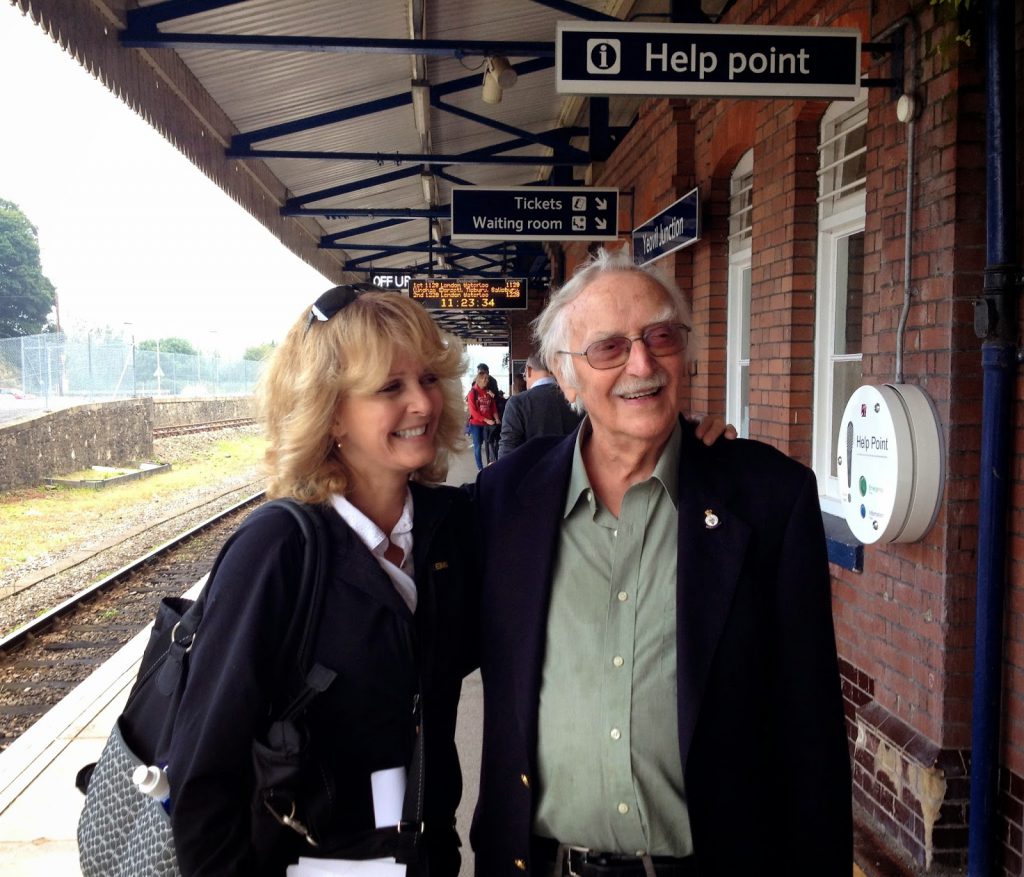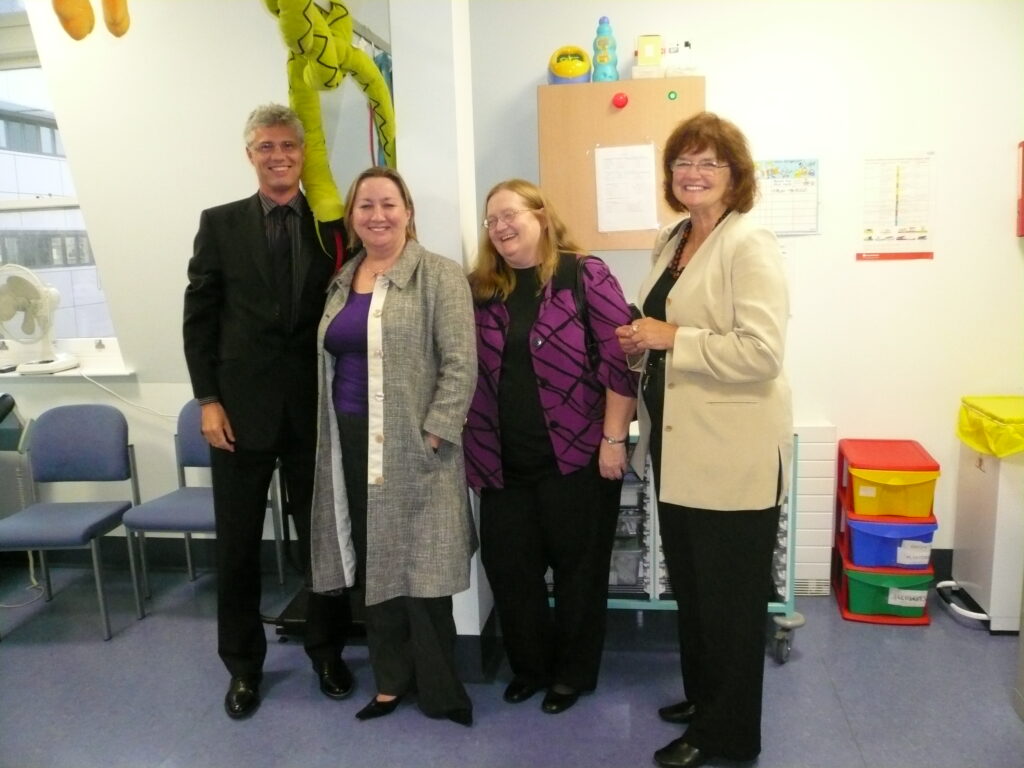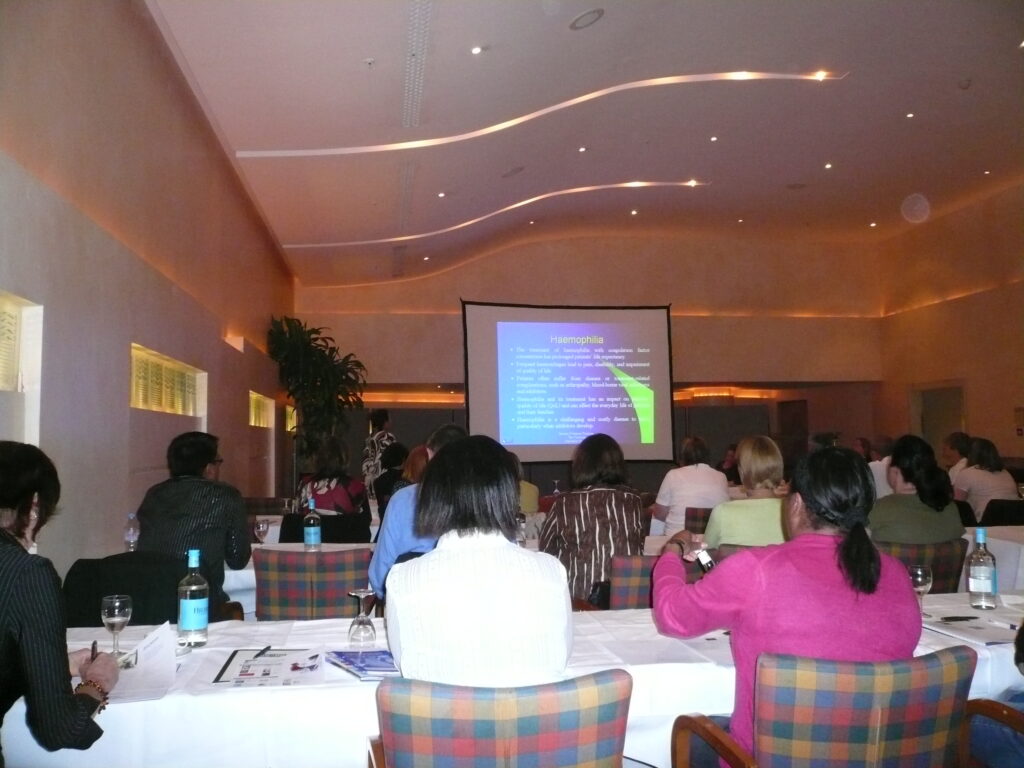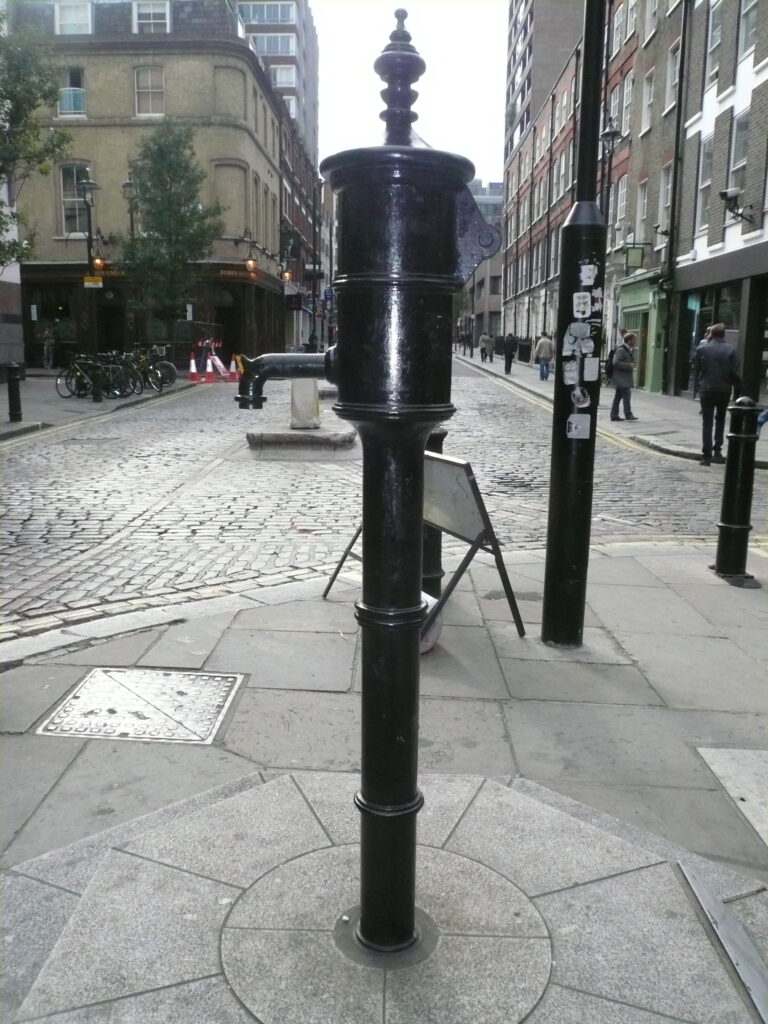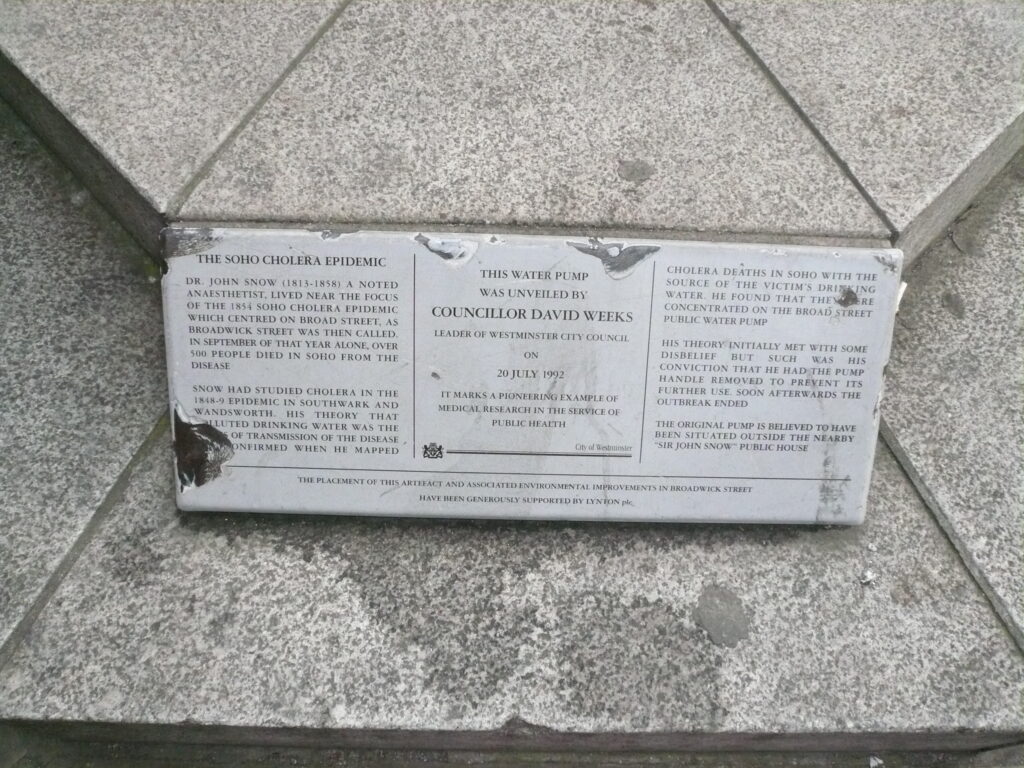Oldest Hemophilia Humanitarian in World?
Where does she live?
way, and three hours worth of train, tube and express train each way to see.
when most people are immobile, or aching, or lamenting, Bill has not lost his
joy of living, his quick wit, his desire to help the less fortunate. He is in short, a marvel.
He is blessed with good health, excellent joints, but also a resilient and
grateful attitude; he appreciates everything he has. And he wants to help
others.
There’s a tie to Romania. He and his wife in the 1980s wanted to adopt a Romanian
orphan, a victim of Romanian dictator Nicolae Ceaușescu, a brutal,
heartless politician who enforced multiple births in Romanian women, by denying
birth control and insisting they stay pregnant. As a result, thousands of
babies were abandoned; many contracted AIDS. During his visit to Romania, Bill happened upon a boy
with hemophilia—I hear this kind of story often!—was impressed by the child’s
needs and fortitude, and wanted to help. Coming home to Somerset, England, he
phoned the chair of the Haemophilia Society, in London. They directed him to me.
British accent: “Hallo!” he started. And an eternal friendship was formed. He
wanted to source factor, and heard that I donated some. Eventually we were able
to get this boy some factor, and Bill and I conspired together from time to
time to help some Romanian children with hemophilia.
daily morning walk with his Border Collies Molly and Harry.
the opportunity came to hold Romania’s first World Hemophilia Day in 2005, my company
paid the expenses. And I invited Bill to come and be a guest. It was our first
meeting. Seeing him across the hotel lobby, I flashed a huge smile and we
hugged; I felt like I had always known Bill. He sat at the head table with the
other dignitaries, and spoke about his efforts to help those with hemophilia in
Romania.
Bill—80 something years old and yet he donned a bathing suit and went right into the Black Sea with the boys, playing, teaching them to swim. They loved him. He had taught himself Romanian! He was able to speak with them.
On this visit last week, I flew to London, arrived at 6:30 am (1:30 am EST) hopped the Express to Paddington Station, took the Bakerloo “tube” to Waterloo Station, then the Southwest train to Yeovil Junction, a two hour ride across the lush, green carpeted countryside, checkered with fluffy sheep. Bill and Emma were at the station to pick me up. It’s like no time had ever passed. We went straight to his home, and in the orchard out back, were “Thistle” and “Martin,” two adorable, wobbly-kneed kids, born just two days before. They’re an addition to the ten chickens, two dogs, four cats and four other goats. We had a marvelous visit, enjoying English tea, and immediately visiting the Air Museum nearby.
What timing: the Air Museum is filled with vintage World War I and II planes, including a Phantom jet, a Vampire jet and a Sopwith Camel (remember Peanuts’ Snoopy?). Bill served in World War II, and of course, World War II’s anniversary was just two days before, September 1, 1939, when Hitler invaded Poland. Bill was in the Signal Corps, and traveled the world as a young enlisted man. This visit gave him the
chance to share his war stories, and facts about WWII. We marveled at the exhibits, but I marveled at how deftly Bill walked up the many, many stairs, including the steep ones to go inside a full fledged, life-size Concorde!Laurie in front of a “Vampire”
I think it’s time for him to write about his life post war, including what drew him to work in hemophilia and make a difference in the life of so many
children. There aren’t enough Bills in the world; indeed, there couldn’t be. When God made Bill Boughton, he broke the mold. There is only one, but I hope to be like him when I am in my later years: able to travel, able to give, and able to make a difference.
documents it day by day, step by painful step, the depredation, starvation,
beatings, and separations. His mother and sister gone in one moment, his
struggle to keep his father and he together in a death camp, through almost any
means possible. Once a pious Jewish boy, he confronts God in his heart and
cries out: how can such horrors exist? Where is the God he once worshipped? This
easy-to-read book is deceptive as it packs a powerful spiritual punch. Perfect
reading for the week of WWII’s anniversary. Five out of five stars.

